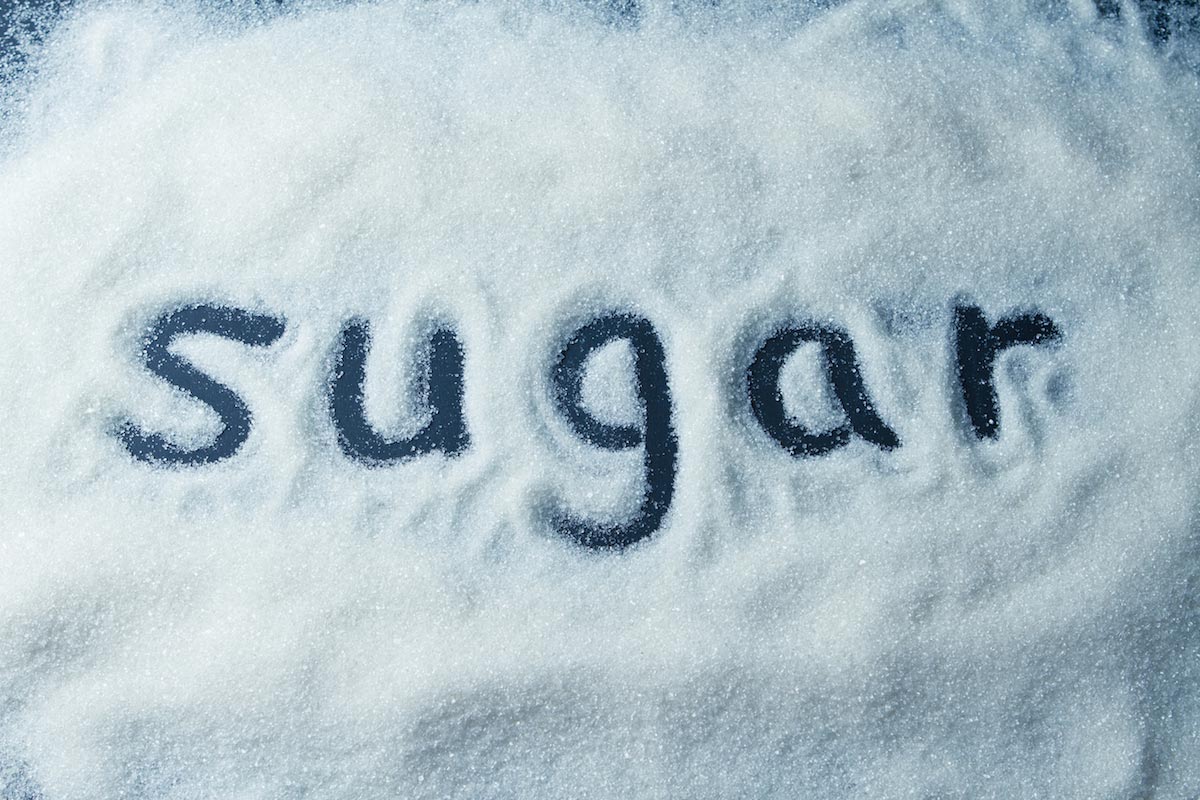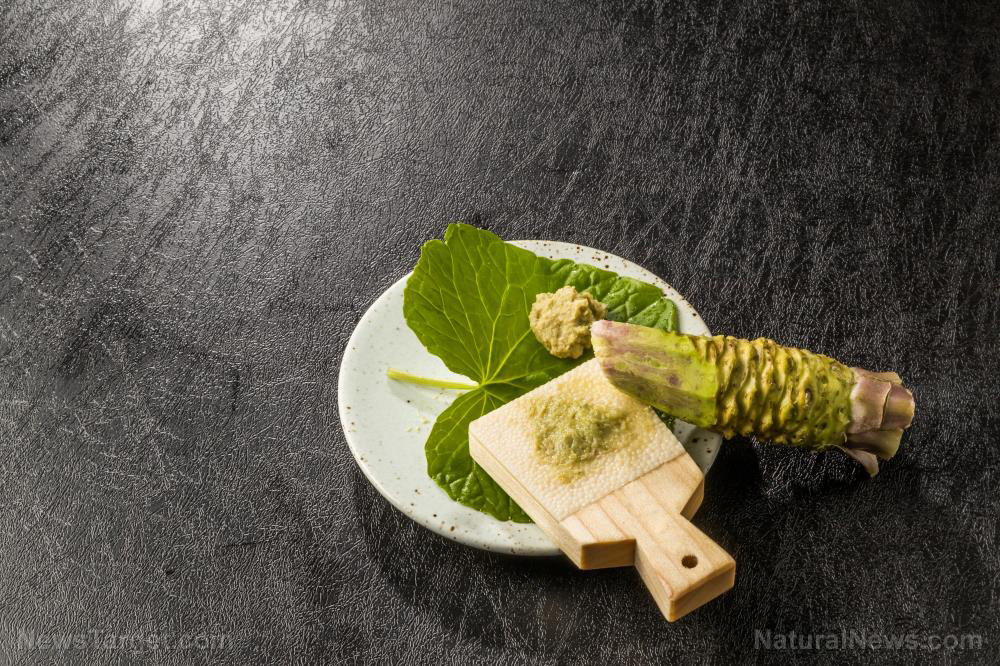
- Sugar has been used for wound care since ancient times, with documented success dating back to 1679 and validated by modern studies.
- Sugar's hygroscopic properties dehydrate bacteria, killing them without promoting antibiotic resistance. It is ideal for cuts, burns and infections like cellulitis.
- To use as first aid, first clean the wound, then pack with granulated sugar. Reapply 3-4 times daily.
- Sugar is lightweight, shelf-stable and multifunctional — useful for wound care, food preservation, fermentation, bartering and even as a pesticide.
- Its revival highlights distrust in Big Pharma, antibiotic overuse and supply chain fragility, offering a self-reliant alternative in crises.
Historical remedy backed by science
Long before the advent of penicillin, sugar was a go-to treatment for wounds along with ancient remedies like honey, molasses, syrup and grease. The first use of sugar for wound care was recorded in 1679 when Johannes Scultetus, a German physician and surgeon, began employing finely powdered sugar to clean his patients' wounds. Later, medical studies, such as those conducted by Argentinians Herszage and Montenegro in the late 1970s and -80s, reported on how commercial granulated sugar can successfully treat different types of wounds, particularly infected ones. (Related: Emergency prepping: 10 Survival uses for SUGAR.) The science, modern research reveals, is straightforward: Sugar is hygroscopic, meaning it draws moisture out of bacteria, effectively dehydrating and killing them. Unlike antibiotics, which can breed resistant strains, sugar creates an environment where bacteria cannot survive or reproduce. This makes it particularly useful for:- Abrasions and cuts (reduces swelling and infection risk)
- Burns (draws out heat, reduces pain)
- Bacterial infections (including cellulitis and impetigo)
- Deep wounds (when packed generously to prevent bacterial colonization)
How to use sugar for wound care: A step-by-step guide
For people in remote, post-disaster or austere environments, sugar could mean the difference between a healed wound and a life-threatening infection. Here's how to use it effectively: 1. Stop the bleeding and clean the wound- Apply direct pressure to halt bleeding.
- Rinse thoroughly with clean water (boiled or purified if possible).
- Do not use alcohol or hydrogen peroxide—these can damage tissue and delay healing.
- For minor cuts and scrapes: Sprinkle a thick layer of granulated sugar directly into the wound, then cover loosely with sterile gauze.
- For burns: Mix sugar with a small amount of water to form a paste. Apply to the burn then cover with a non-stick bandage.
- For infected wounds: Pack the wound with sugar, cover with a moist (not wet) dressing and change daily. The sugar will draw out pus and bacteria.
- Clean and reapply sugar three or four times daily for best results.
- Watch for signs of infection (i.e., yellow or green pus, foul odor, fever or increasing pain).
- Discontinue use if the wound worsens—sugar is not a cure-all, and some infections require advanced medical care.
Why this matters today
The resurgence of sugar as a wound treatment isn't just about preparedness — it's a symptom of broader distrust in institutional medicine, fueled by antibiotic overprescription, regulatory capture of agencies like the FDA and CDC, supply chain fragility and rising antibiotic resistance. For preppers, homesteaders and those skeptical of Big Pharma, sugar represents a means of being self-sufficient — a way to treat wounds without relying on a system that can no longer be trusted. While sugar is a powerful tool, it is not a replacement for professional medical care in severe cases. Seek expert help if:- The wound oozes pus (yellow or green) or has a foul smell
- The area is hot to the touch or spreading redness (signs of advancing infection)
- The patient develops a fever or chills
- The wound isn't healing after three to five days of sugar treatment
More related stories:
7 Herbs for wound care every prepper should know about. Emergency medicine: Essential first aid skills for survival. Ancient herbal wisdom for modern wound care: A simple guide for preppers. Sources include: AskAPrepper.com TAndFOnline.com Journals.LWW.com MDPI.com Brighteon.ai Brighteon.comBoosting your gut microbiome with antioxidants: Why it matters now
By Willow Tohi // Share
Breaking free: Florida to terminate all vaccine mandates, including for healthy children
By Willow Tohi // Share
The complex relationship between alcohol and nutrition: Insights from “Alcohol and Nutrition”
By Kevin Hughes // Share
The home herbalist’s guide: Avoiding common pitfalls on the path to natural wellness
By Zoey Sky // Share
Spice-based relief for aching joints beats dangerous NSAID
By News Editors // Share
The forgotten amino acid that could improve nearly every measure of cardiovascular health
By Lance D Johnson // Share
The breakfast clock: Why timing your morning meal is a secret weapon against high cholesterol
By jacobthomas // Share
The Health Ranger's New Year Revolution: The ultimate guide to health, wealth and freedom
By kevinhughes // Share
"Absolute Healing" on BrightU: Experts explore COVID-19 as an engineered bioweapon
By jacobthomas // Share
Why EMPs pose a catastrophic threat—and places to avoid when they hit
By dominguez // Share
Scientists demonstrate how perfect magnetic symmetry can cancel energy loss
By kevinhughes // Share
Why wasabi is good for more than just sushi
By newseditors // Share











